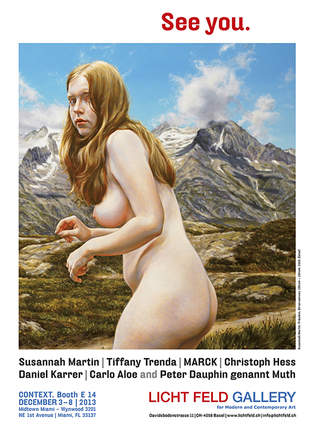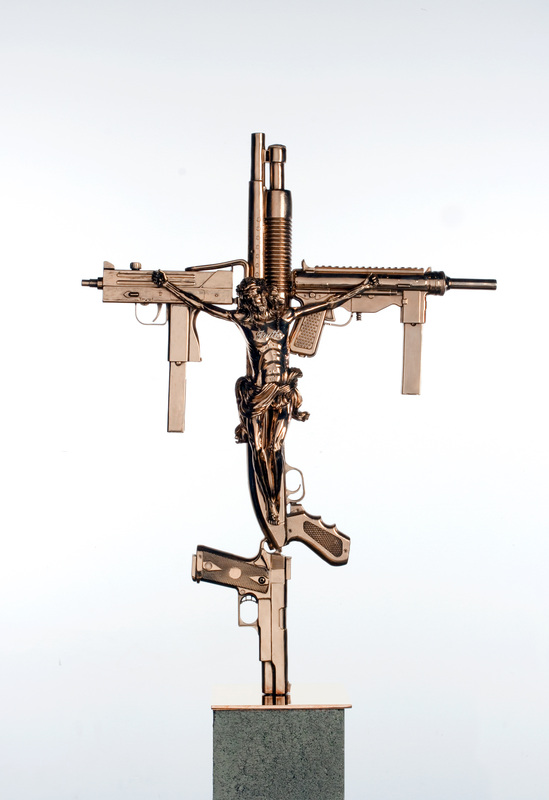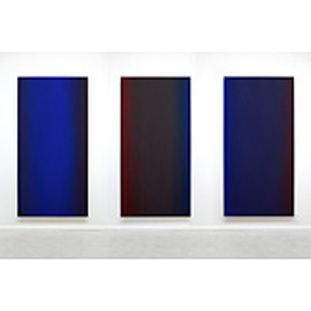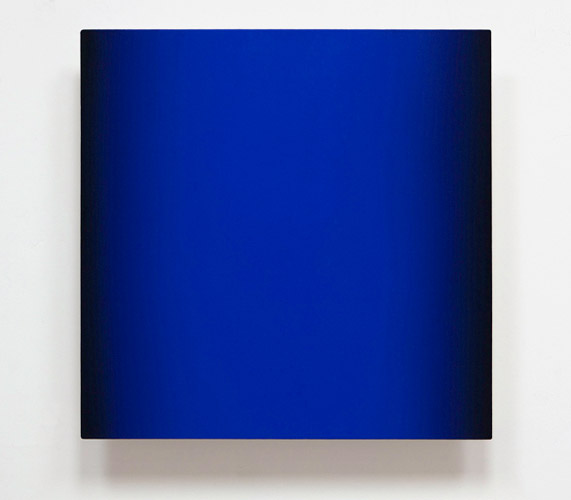
Hadorn says he first saw Martin’s work on the internet. He was particularly impressed with the piece, The Lady.
“The nudity in nature easily frightened and intimate in their attitude and the look in his eyes. A very nice example of the beauty of nature and the sensitive female,” says Hadorn. “It is also a nice example in the tradition of nude painting--the human in its purest form. That was about June 2014.”
Hadorn contacted Martin and asked f she wanted to participate in LICHT FELD 2013, Biennial Basel. The idea behind the exhibit was the placement of a bunker in the center of a large exhibit hall—representing protection from war and violence and providing a hiding place. It was a refuge for women from “the kinky men who need to mistreat women. “
“As juxtaposition I wanted to show the record of Susannah Martin. She agreed and so it came to the first cooperation.” says Hadorn.
Kesten was introduced to Hadorn and LICHT FELD by former Gallerist Terrance Sanders from Los Angeles (Sanders is also publisher of Art Voices Magazine). Hadorn had never met Kesten and made the decision to include his work after viewing it online. Sanders felt the work, Crucifix, was a perfect criticism of political policies and religion in the USA.
“So I decided to show this work in Miami and to use the opportunity to meet the artists in person and possibly to discuss further cooperation." says Hadorn.
Other LICHT FELD artists include: Carlo Aloe, MARCK, Peter Dauphin genannt Muth, Christoh Hess, Tiffany Trenda and Daniel Karrer. See also LICHT FIELD catalog HERE.
Susannah Martin
“I think that what makes them feel like a ”beautiful dream" is that they speak to our dreams or rather our collective subconscious about a state that we have lost and on some level wish to return to. They are wish-fulfillment dreams. Originally I began to paint this subject because I wanted to react to the very traditional genre of "nude in landscape" painting and try to contemporize it,” says Martin. “I discovered quickly that there was an intense absurdity to painting a nude in a landscape at this point in time when mans´ relationship to nature is dislocated at best. The absurdity of our dislocation has become the actual subject of my work.”
There is no idealization in her work. She says she makes the landscape as important as the figure it but says that distract from the beauty of the figure.
“ On the contrary, at least as far as I am concerned, the figure gains strength from becoming one with the landscape rather than isolating it as academic painting dictates, “ she says. “ I think that we can apply that observation to our general state of being and will find the same to be true. That is the socio-political side to it; I want us to stop seeing ourselves as separate and above nature. “
When it comes to HOW Martin does the art she begins with her models and a rough idea.
“Then comes the day, after considerable organization and location scouting, when we go outside and get naked! Actually they get naked and I get behind the camera and give direction. What happens during the course of the photo shooting determines the next step. It is never what you expected and it is always wonderful and inspirational. Once I have gathered this material, analog and digital, I begin to spin, “says Martin. “The reaction of the models to being naked in open nature, that very honest experience, is what creates the story. I spend many other hours photographing landscape on its own. Sometimes the action takes place where the people actually stood, often it does not. Once I have the concept, then I plan the composition rigorously before beginning to paint.”
What reaction does Martin hope you, the audience, have to her work?
“Well, I would be very happy to hear that it inspired someone to take off their clothes outside and jump in a stream! Perhaps re-establish a little contact with the elements and feel truly alive for a moment,” says Martin. “Other than that, I would like them to think about what we all are, without our clothes, without all of our stuff, without all of our addictions. So really I am hoping to take the painted nude away from its´ traditional role and use it as a type of mirror in which we can reflect upon our position as part of the whole.”
“I create a visual language within my work that explores the themes of corrupted faith and religious wars. The doves represent the children who are condemned and silenced within the confines of religion. Doves are the iconic symbol of peace,” he says. “As a young man I would visit my grandmother, an Italian immigrant with solid catholic beliefs. All throughout her house were displays of holy water, crucifixes, and pictures of the pope that left a lasting impression on me. My mother on the other hand rejected her catholic upbringing and embraced eastern philosophy, namely Krishna consciousness otherwise known as ISKCON or the Hare Krishna movement. Specifically, these contradictions are continuously explored throughout my work.”
Kesten began as a street artist before taking on his new style and subject matter but those origins remain with him and his work.
“Growing up in New York City as downtown kid was extremely influential in my growth as a contemporary artist. Hip-hop, graffiti, and fashion in the late 80’s and early 90’s were highly influential to my process,” says Kesten. “My current work has moved away from pop culture and evolved into pieces that explore honest themes that deal with humanity and the human condition.”
Kesten is trying to, first, make work that has an interesting look but there is more to it than simply this.
“My aim is to create work that is challenging and aesthetically pleasing. I want the viewer to embrace my visual dialogue,” he says. “Once analyzed I hope the viewer is able to internalize, question and or discover his or her own beliefs, morals and ethics.”




 RSS Feed
RSS Feed